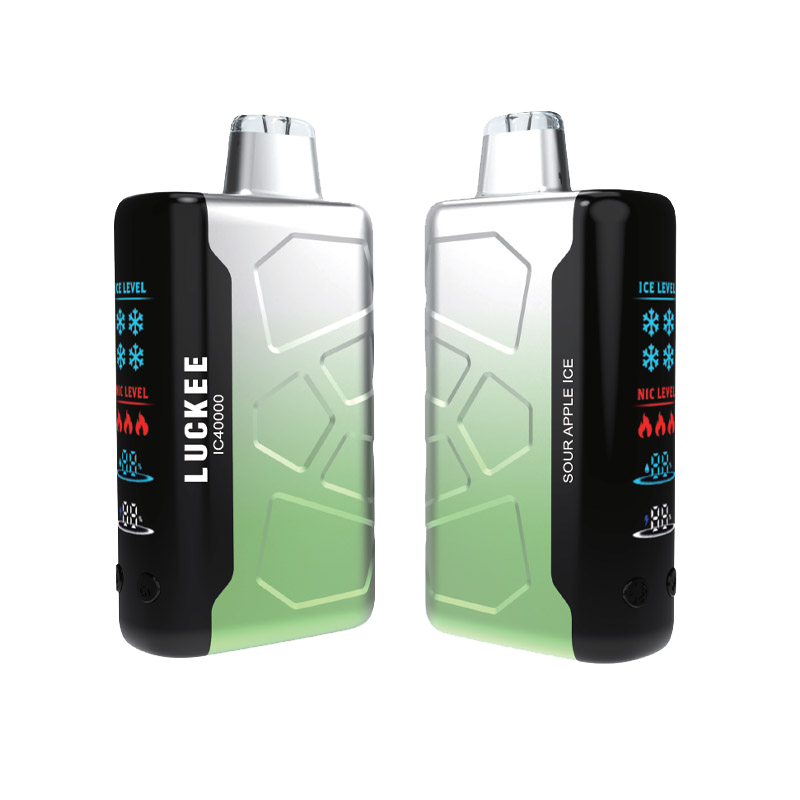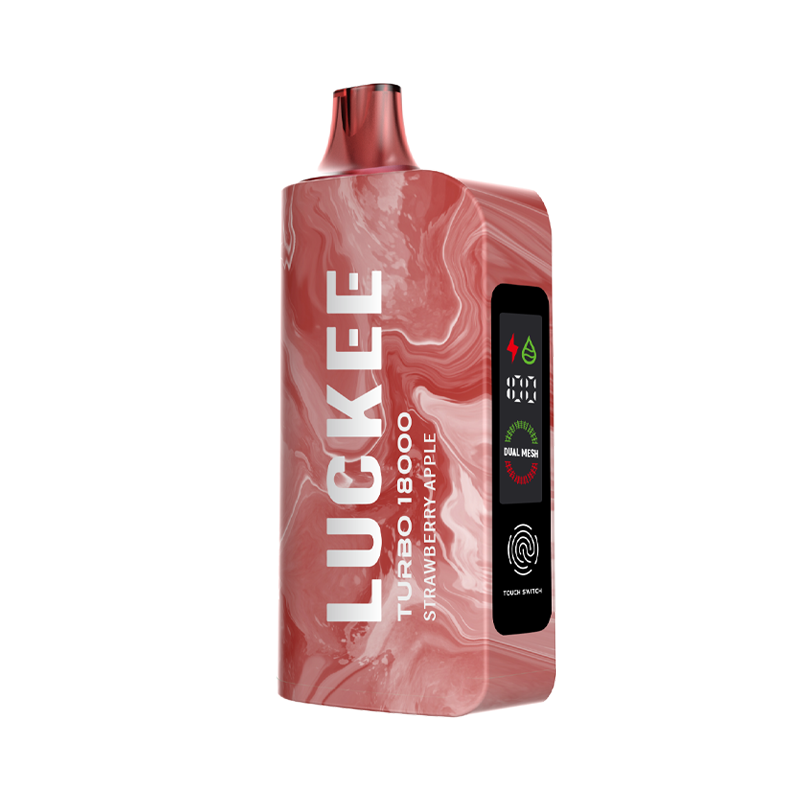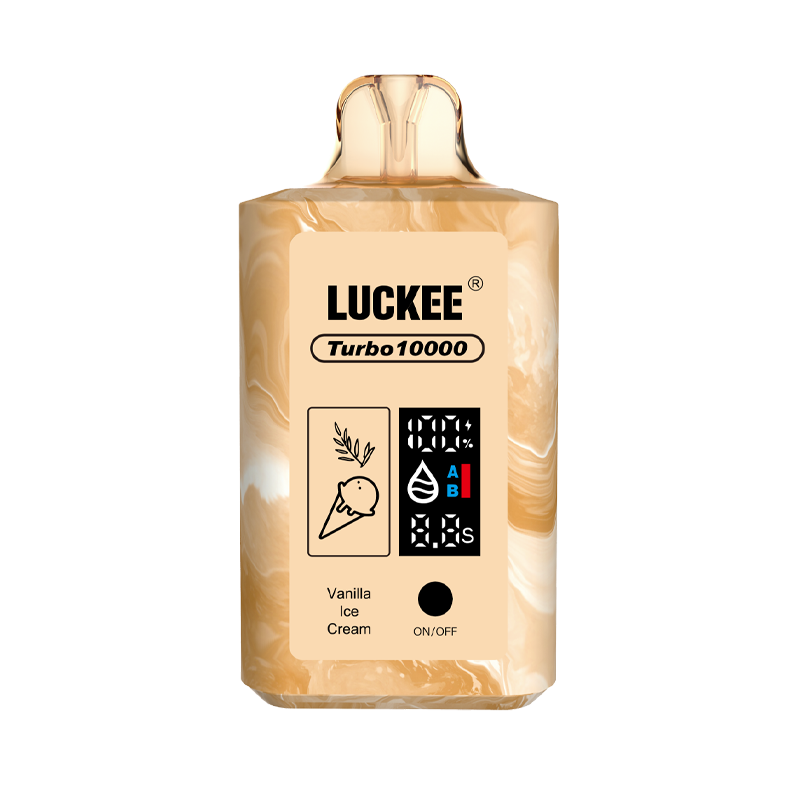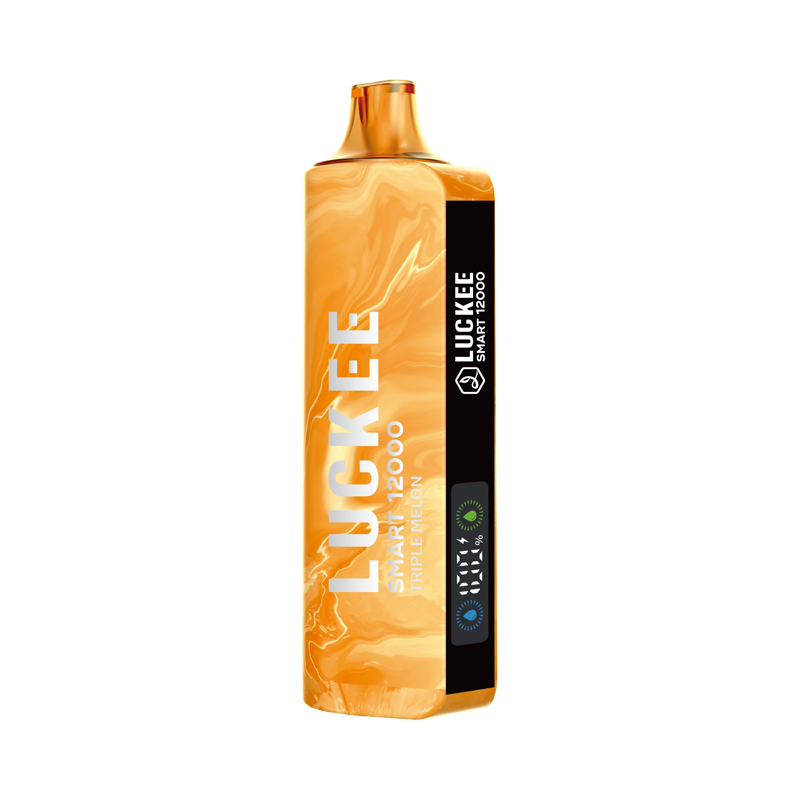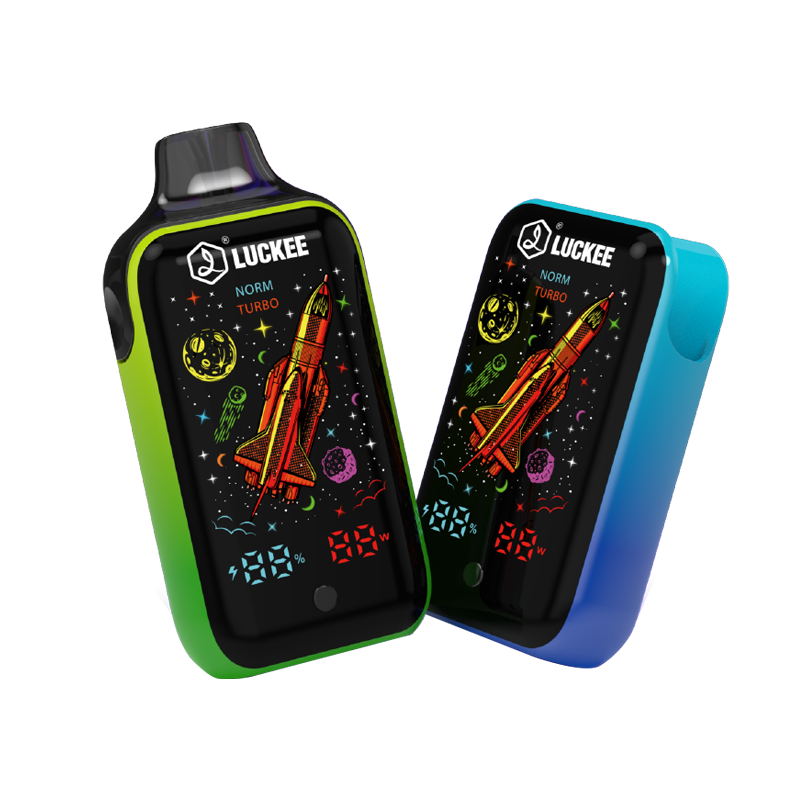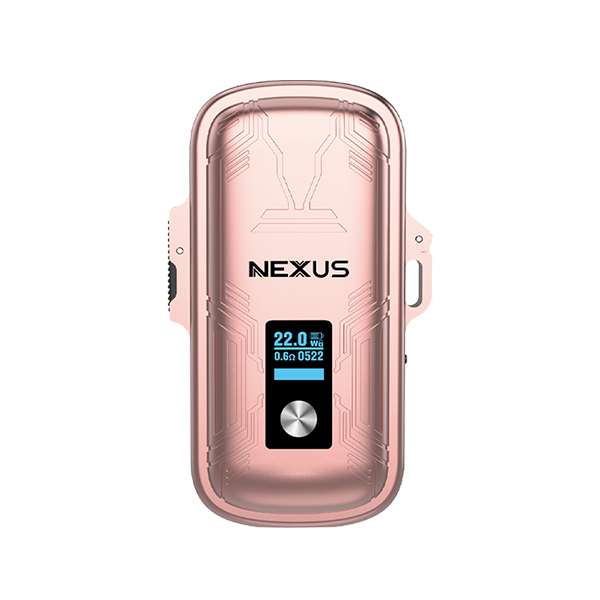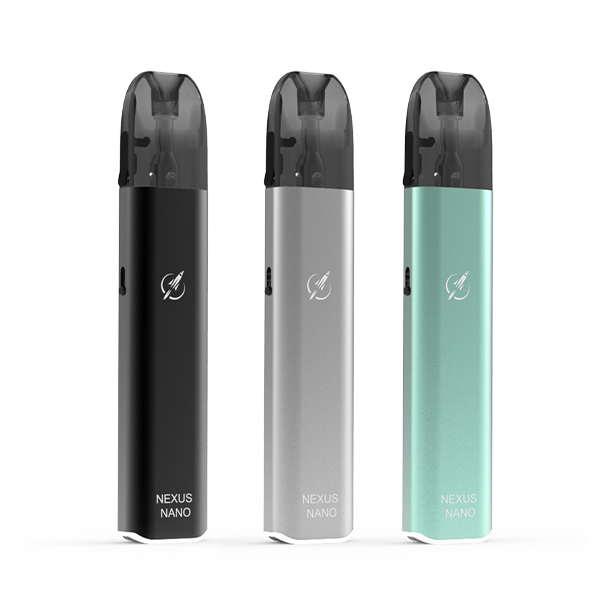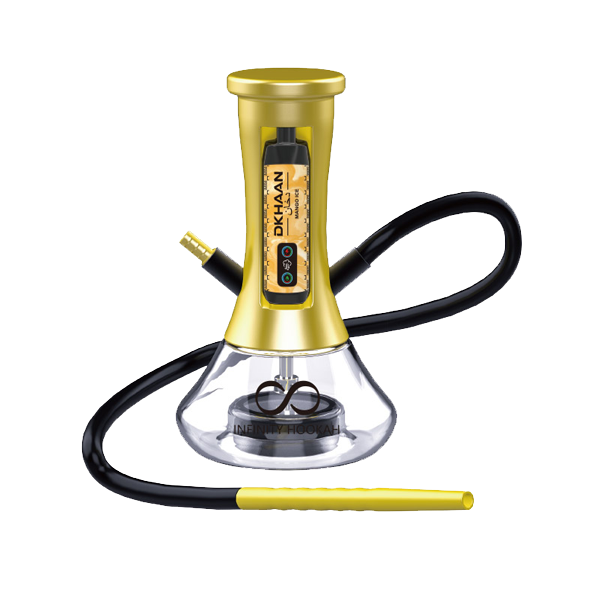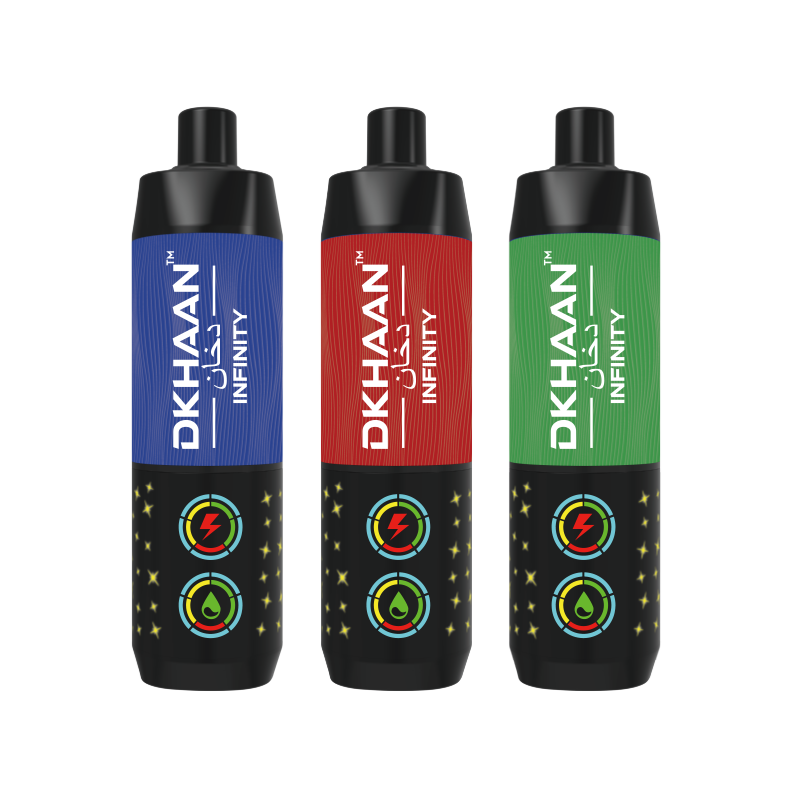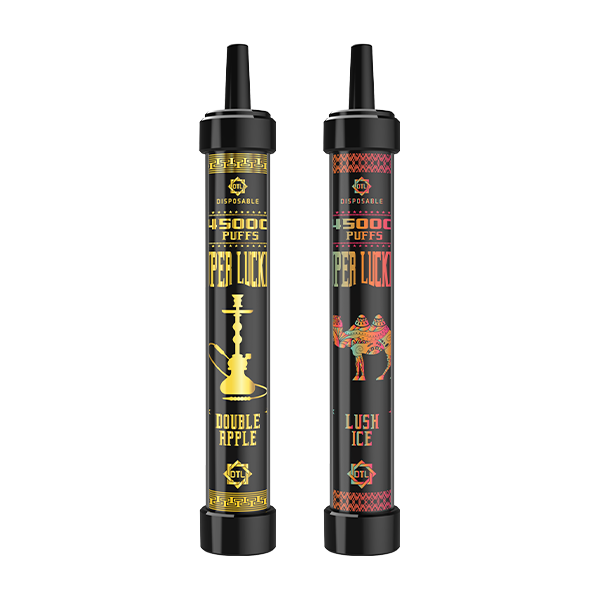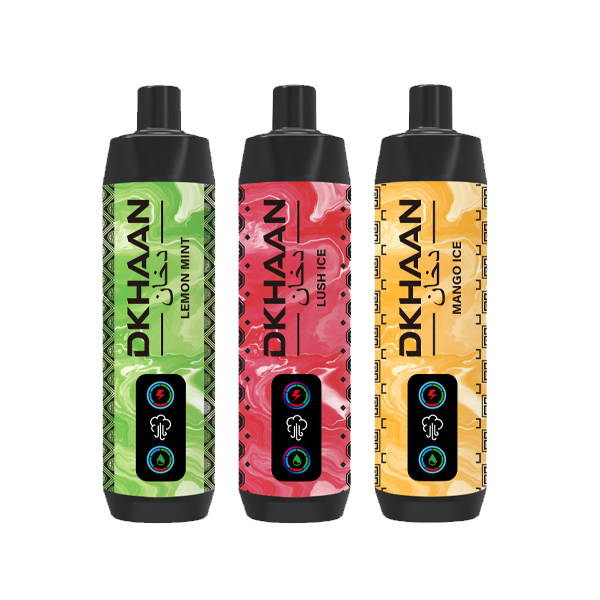This post explores the main distinctions between hookah and vaping devices, focusing on health, culture, convenience, and user experience to assist in making an informed choice.
Hookah (shisha or waterpipe), popularly known as an Indian and Persian tradition dating back centuries, is used extensively across both nations today to inhale heated tobacco with charcoal through water piped from cafes with sessions lasting 30-60 minutes typically taking place at these spots.
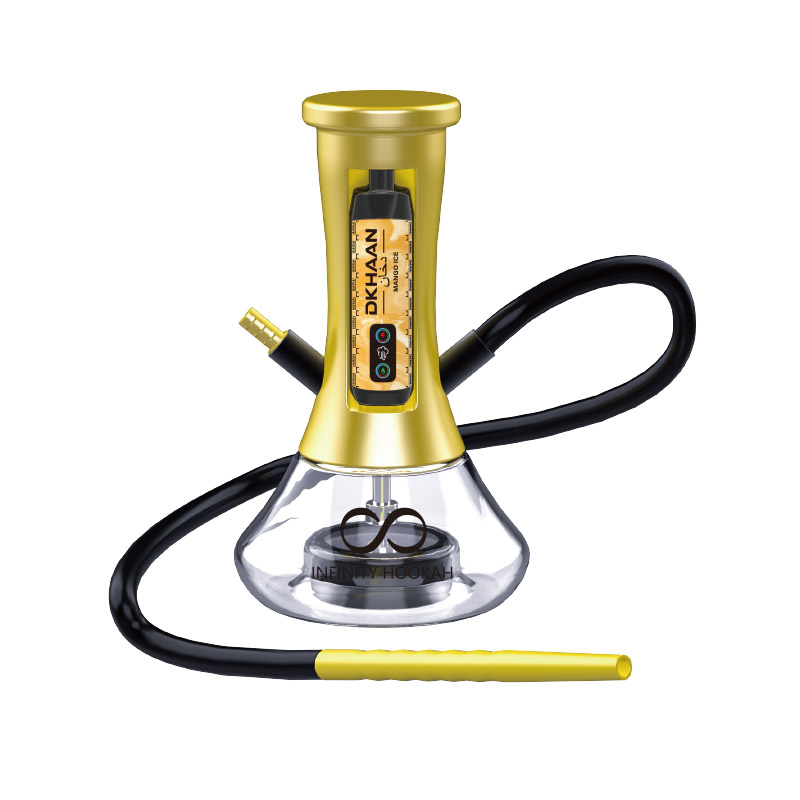
Vape Overview
Vaping devices use heat to convert nicotine- and flavor-laden e-liquids into an aerosol form, unlike hookah which uses combustion as its method. Since 2003 when modern e-cigarettes were first developed, this trend has gained in popularity and offers an array of devices from pens to mods for vaping enthusiasts to choose from.
Comparing Hookah and Vape
Both hookah and vaping offer unique experiences; however, their distinctions vary significantly:
Health: Hookah smoke contains harmful substances such as carbon monoxide and heavy metals due to charcoal combustion, posing serious health risks. Vaping, while still producing harmful chemicals, is considered safer due to avoiding combustion altogether and producing less hazardous compounds.
Hookah smoking has its roots deep within Middle Eastern and North African cultures, commonly enjoyed socially at cafes. Vaping has since become more mainstream within Western cultures with more emphasis placed on flavor customization and device personalization.
Convenience: Hookah requires several parts for setup and is less portable; in contrast, vaping devices are small and user-friendly devices that need minimal setup for on-the-go use.
Flavor and Customization: Hookah offers limited flavor variations due to tobacco type and charcoal composition; in comparison, vaping has many more flavors and customizable nicotine strengths to satisfy individual preferences.
Cost: While both can be pricey, hookah requires ongoing expenses like tobacco, charcoal and maintenance while vaping may be more cost-effective in the long run with its refillable tanks and removable coils.
Environmental Impact: Hookah emits carbon emissions and creates waste due to disposable parts, while vaping generates electronic waste in the form of batteries and plastic cartridges, necessitating proper disposal practices.
Conclusion
Ultimately, choosing between hookah and vaping comes down to personal choice. While hookah provides an immersive cultural experience with potential health hazards associated with smoking, vaping offers cleaner options with customizable customization possibilities while being mindful of product quality in order to reduce health hazards.

